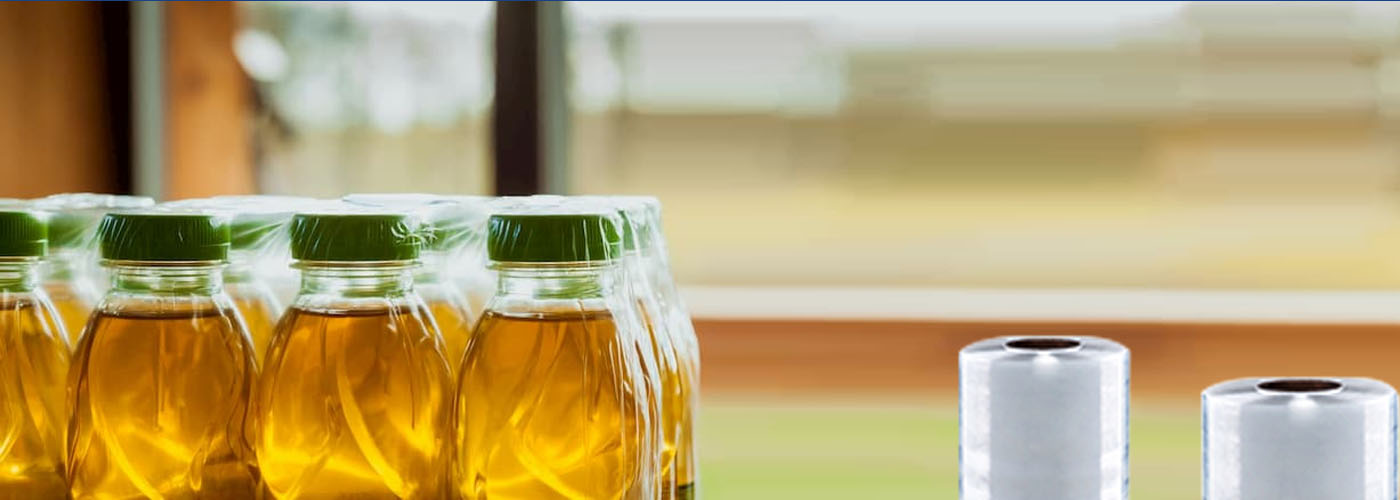Shrink Wrap.

Shrink wrap, also shrink film, is a material made up of polymer plastic film. When heat is applied, it shrinks tightly over whatever it is covering. Heat can be applied with a handheld heat gun (electric or gas), or the product and film can pass through a heat tunnel on a conveyor. The most commonly used shrink wrap is polyolefin. It is available in a variety of thicknesses, clarities, strengths and shrink ratios. Co-extrusions and laminations are available for specific mechanical and barrier properties for shrink wrapping food. For example, five layers might be configuration as EP/EVA/co-polyester/EVA/EP, where EP is ethylene-propylene and EVA is ethylene-vinyl acetate copolymer.
PE, a polyolefin, is used in several forms of flexible protective packaging. There are 3 different forms PE can take place in. These include Low-Density Polyethylene (LDPE), Linear Low-Density Polyethylene (LLDPE), and High-Density Polyethylene (HDPE). For shrink wrapping LDPE would be the best choice, as it has a higher strength, and more durability for heavier items. These wraps can also have graphic images printed on them, and LDPE provides the greatest quality.
The second commercial process is the bubble process, sometimes referred to as the tubular process. In this process, a primary tube is produced by either blowing or casting the tube onto an external or internal mandrel, respectively. It is common to use water to help cool the primary tube at this point. After the primary tube has been cooled, it is then reheated and inflated into a second bubble using air much like a balloon is blown. Upon inflation, the tube is oriented in both directions simultaneously. The family of shrink films has broadened over the years with many multi-layer constructions being sold today. Shrink film attributes include shrink, sealability, optics, toughness, and slip. Vegetables such as cucumbers can be individually shrink wrapped to extend the shelf life. Software on carriers such as CDs or DVDs are often sold in boxes that are packaged in shrink wrap. Shrink wrap is commonly used as an overwrap on many types of packaging, including cartons, boxes, beverage cans and pallet loads. Foam cushioning can be held securely in shrink film, eliminating use of a traditional corrugated box. A variety of products may be enclosed in shrink wrap to stabilize the products, unitize them, keep them clean, or add tamper resistance. It can be the primary covering for some foods such as cheese, meats, vegetables and plants. Heat-shrink tubing is used to seal electric wiring.